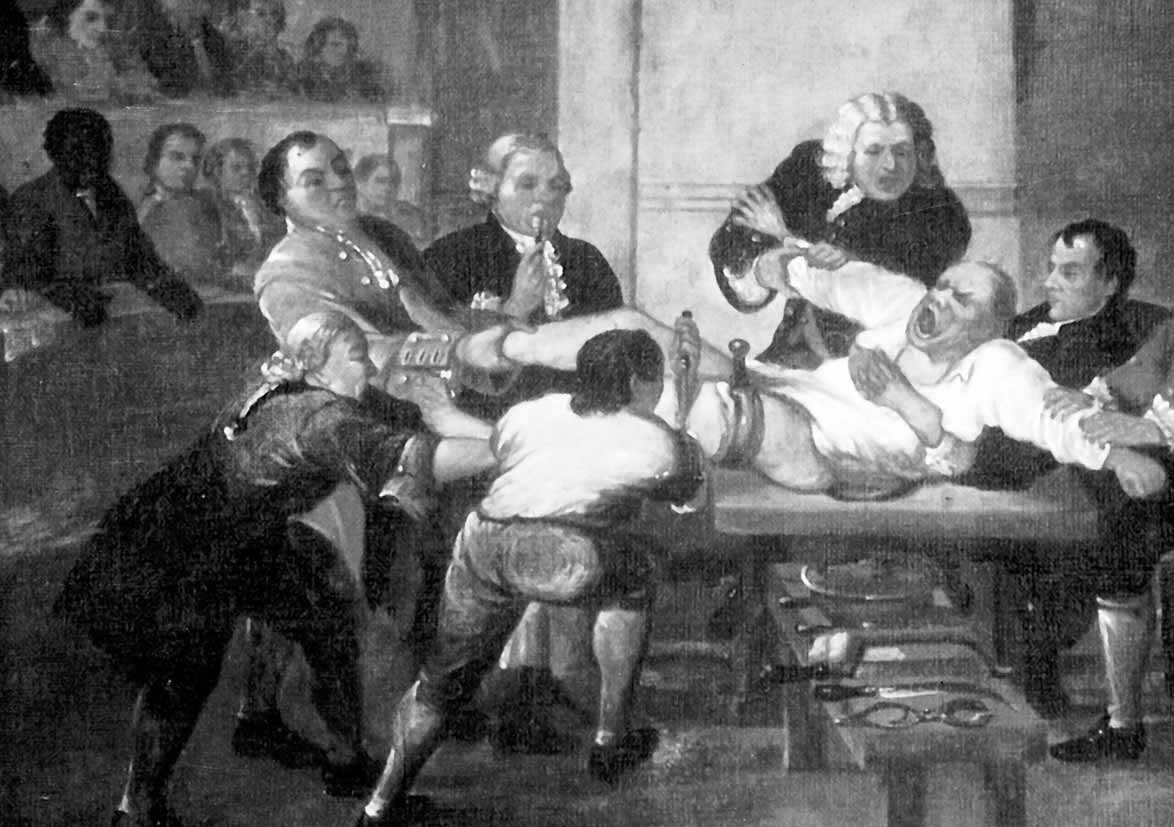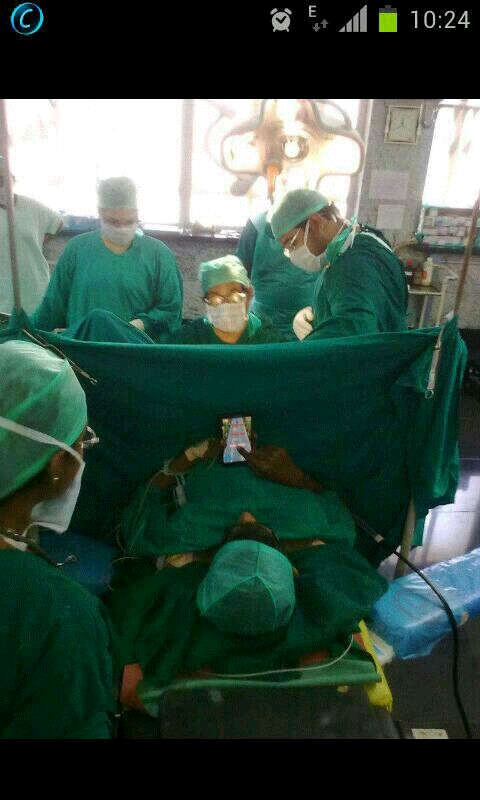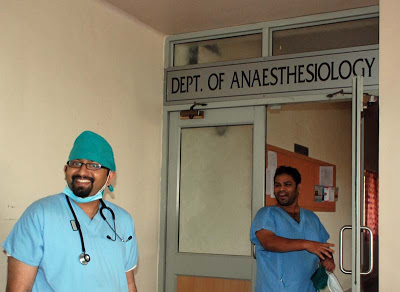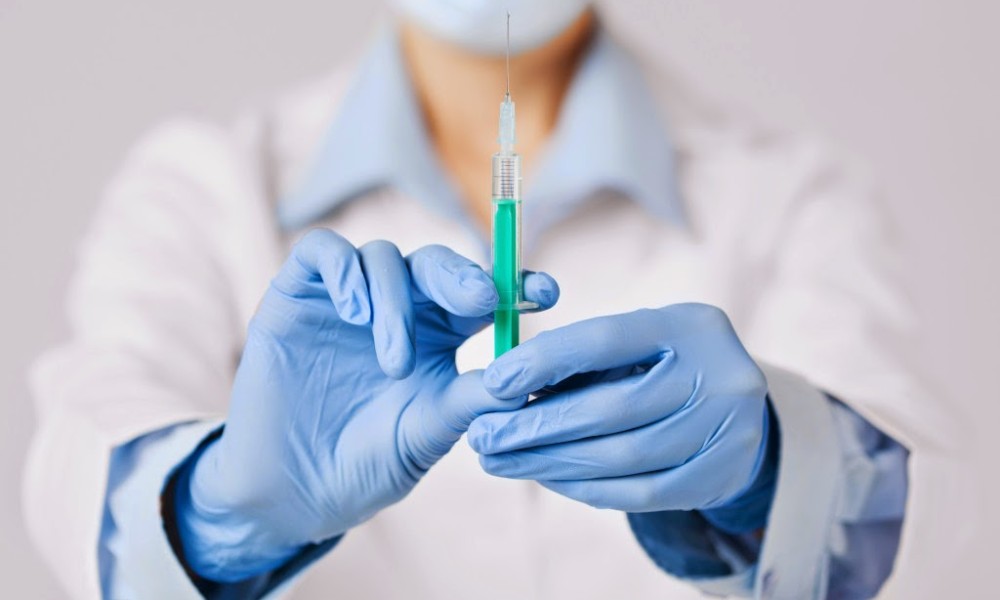
“SIR. YOUR PATIENT IS READY.” – MORTON. Celebrating World Anaesthesia Day
I want to tell you a story. It may seem like a fairy tale. In many ways, it is. It is a journey that zigzags across all the corners of the globe over dozens of centuries, featuring saints and sceptics, sleeping chickens and screaming men.
This, my dear friends, is the story of how your stay in the hospital became painless.
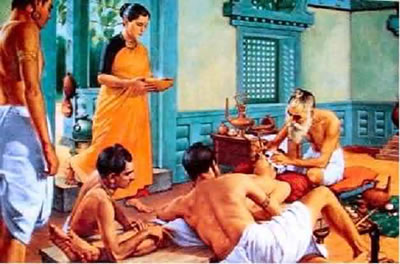
‘Pain was, and would always be an inevitable part of surgery.’
– Liston’s 1842 edition of Elements of Surgery.
As late as 1842, Liston’s book on surgery made sure that budding surgeons learned this by heart and became indifferent to the screams and cries of the patients as they were cut upon. In the centuries prior to that, man had not given up hope though their methods left a lot to be desired. Today, it may seem ridiculous to even think of such options but once upon a time, to make sure the patient did not scream while surgery was being performed, the options available to the surgeon were very different. To sample a few :
The patient was strangled till he suffocated and lost consciousness… and surgery was performed.
The patient was beaten on the head with a club till he lost consciousness… and surgery was performed.
Hallucinogenic drugs were force-fed to the patient till he had no idea which universe he was in… and surgery was performed.
The patient was given alcohol till he was really drunk… and well, you know the rest.
‘Refrigeration’ where ice was placed along the places to be cut till it was numb. Effective… till you ran out of ice. Would have really helped to have a refrigerator back in the 13th century, I guess.
The popular ‘Ten people held the screaming man’ while the surgeon cuts him open.
Long before the first true anaesthetic agent’s powers were identified, there were missed opportunities, of course. In the 15th century, the alchemist and physician Paracelsus noted how ether made the household chickens sleep and awaken unharmed. He noted it as a possibility for treating painful illnesses. But then, nobody listened. In the years to come, greater minds including Newton, Faraday and Robert Boyle did peek into the effects of ether but eventually, it became a cheap alternative to drink when the taxes on gin were raised.
As centuries passed by, we humans disagreed on everything, be it land, women or religion. But we never gave up on one dream… to free our fellow man of his pain. There would be a few more failed attempts as the 18th century came closer and closer to it’s midpoint, with the wrong gas or sceptical mind nixing the idea in the bud.
In the end, on October 16th,1846 the first successful demonstration of general anaesthesia was done in front of a live audience of physicians and surgeons by William T Morton, at the Bullfinch amphitheatre in Massachusetts General Hospital. The story goes that, annoyed at his late arrival, the surgeon had pointed out the patient and told him ‘Sir. Your patient is ready.’ Morton allowed the patient, Gilbert Abbott, to inhale the ‘miracle drug’ from a crudely constructed glass inhaler and then turned back to the surgeon and countered with the very same words ‘Sir. Your patient is ready.’
And for the first time in over twenty centuries, the patient really was. Gilbert was aware of his surgery but had no sensation or pain. After completing the surgery, a visibly moved surgeon turned to the crowd of his stunned peers at the amphitheatre and said the famous lines “Gentlemen. This is no humbug.”
The concept of Anaesthesia had finally arrived.
It is now over 150 years since that day in Boston when the world changed for medical care. Ether has since relinquished it’s throne for faster and safer alternatives. Anaesthesia too has moved on. From a field where the guy who was free would hold a mask on the patient while the others performed surgery, it has simultaneously branched out and yet delved within. Confused ?
The modern day concept of anaesthesia is not just about sitting at the head end of a surgical table. Today, the role of the anaesthetist branches out to include :
First call: To aid in the resuscitation of patients in the emergency department.
Intensivist: That guy running the intensive care unit, looking after all the cases brought in, ranging from a snake bite victim to a post operative patient who needs extra special care.
Providing sedation and anaesthesia in areas outside the operation theatre: in radiological procedures, endoscopies and yes, even the dreaded electro convulsive therapies ( or shock treatment, as we call it. )
Pain centers: Are you aware of the existence of these centers? Here, guided by flourescent dyes and radiological procedures, specific invasive treatments are provided for pain relief for both acute and chronic pains ( joints, spine ) as well as for for cancer patients.
Before the hospital: Part of the responding team for pre-hospital emergencies where every second is vital.
And yet, even as the anaesthesiologist has moved outdoors to all these new fields, he hasn’t stopped looking to be more precise within his playing field. Morton’s discovery heralded changes across the world and soon, the true gift of local and regional anaesthesia would be discovered. Patients could now be completely awake and active, with just the operating site rendered numb for the surgeon to do his thing.
From the first breath: John Snow’s administration of anaesthesia to Queen Victoria during the delivery of her child and her subsequent stamp of approval shut the door on religious debates on whether women were meant to endure pain ‘for their sins’. With further studies and improvements, today hundreds of thousands of young women delivery happy, healthy children every day using painless labour anaesthesia. Even in the event of a Caesarian section, spinal anaesthesia ensures the mother is not just pain free, but also able to be a part of the birthing process and hear her child’s first cry.
From general to regional: Not every case need be under general anaesthesia. Now with the simple prick of a small needle and administration of a drug, the anaesthetist is capable to making specific ( just below your ankle, palm only, inner side of limb, outer side of limb… you name it. ) regions numb while the patient is still awake. Of course, you do need to know where to insert that needle and thanks to use of portable ultrasound devices, the anaesthetist can now see the very nerve bundle he is aiming for, even before he inserts a needle into you.
Mix-and-match: Too much of anything can be bad for you. That’s why a balanced general anaesthesia includes not just loss of consciousness, but also muscle relaxation ( so the surgeon is happy ), pain relief ( so the patient is happy ) and of course, stable cardiac vitals ( so the anaesthetist himself is happy. ) It includes titrated doses of various drugs which are synergistic and thus helps prevent an overdose of any single drug.
Make it last, man: Epidurals aid not just in anaesthesia during the surgery, but allow the anaesthetist the opportunity to provide you pain relief for the next few days as well without having to pop pills. It ensures that the patient doesn’t suffer for even a minute in the post operative stay in the hospital.
A little help: Of course, it helps that we’ve moved on from just hoping the patient can maintain his own breathing to now using ventilators, tubes and other devices. With the help of ventilators, the doctors can titrate the amount of air entering into the lung, the rate at which it enters and even know instantly if there is a drop in oxygen concentration within the body, an accidental leak or if the patient is starting to regain consciousness.
As a resident in anaesthesia, my head of department told me “The surgeon is the head of the sailing ship, but the anaesthesiologist is the head of a sinking ship.” The true value of this statement is known to every surgeon, obstetrician, orthopedician et al who performs surgery inside an operating theatre. When things get rough during a surgery with severe blood loss, a cut vessel, a cardiac arrhythmia or arrest, it is the anaesthetist who is looked upon to take over, stabilise and resuscitate the patient so that he survives. Even five decades ago, the drugs, blood and blood alternatives to aid him in this barely existed. Today, touchwood, he is armed better and newer drugs and alternatives to a simple mask and ether have changed the course of pain relief and patient survival as we know it.
“To know how far you have reached, look to your past to see how far you have travelled.”
Sushrata, the Father of Surgery, practiced in Benaras near the Ganges in 600 BC.
Morton, the Father of Anaesthesia, was a New Englander in the 18th century AD.
Think about it. It took 2400 years for these star-crossed fields to be entwined – 2400 years of pain, tears, screams of agony and mercy. Today, the only sound you hear during a surgery is the sound of a healthy bip-bip-bip letting the patient and the surgeon both know that ‘All is well’. One thing does stay the same though. Even today, irrespective of country,creed or religion, in every operation theatre, surgeons eagerly await the same words that were successfully spoken for the first time that day in 1846 at the Bullfinch Amphitheatre – “Sir. Your patient is ready.”
This story may not have begun with the traditional ‘Once upon a time’ but thanks to the countless endeavours , clinical trials and the need to free mankind of pain, today it ends more often than not with a very satisfying ‘…and they left the hospital happily ever after.’
This original article titled “SIR. YOUR PATIENT IS READY.” – MORTON. was published by Dr. Roshan Radhakrishnan on his blog GOD YEARS
